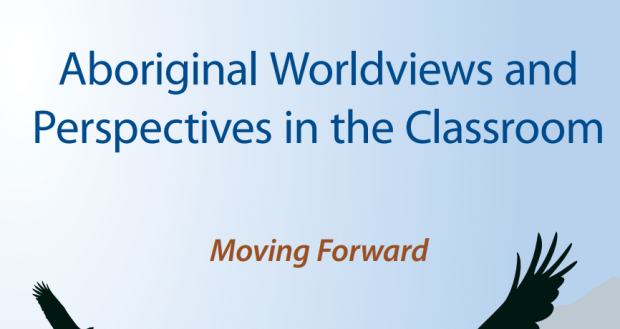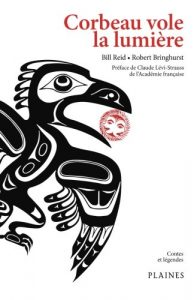The Sixties Scoop is something I have heard of before but wanted to look into further. In order for us as a society to move forward, it is important that we learn about and understand our past. Most of the research I have done, both professionally and on my own, has been about residential schools. The sixties scoop is another really intense part of Canadian history that I think it’s important to learn more about. This article from Erin Hanson about the Sixties Scoop was really helpful for me in learning more about what it was exactly. A few shocking details from the article that really resonated with me:
- “In 1951, twenty-nine Aboriginal children were in provincial care in British Columbia; by 1964, that number was 1,466.”
- “it was not until 1980 that the Child, Family and Community Services Act required social workers to notify the band council if an Aboriginal child were removed from the community.”
- “Families approached agencies for help and found that what was described as being in the child’s “best interest” resulted in their families being torn asunder and siblings separated.”
- “Sadly, the involvement of the child welfare system is no less prolific in the current era…the “Sixties Scoop” has merely evolved into the “Millennium Scoop.””
My biggest takeaway from looking into the Sixties Scoop is that it is not actually a problem of the past. It is a problem that persists today. Hanson describes it has the successor to residential schools. Cultural genocide persists through the amount of children still in care and taken away from their families.

